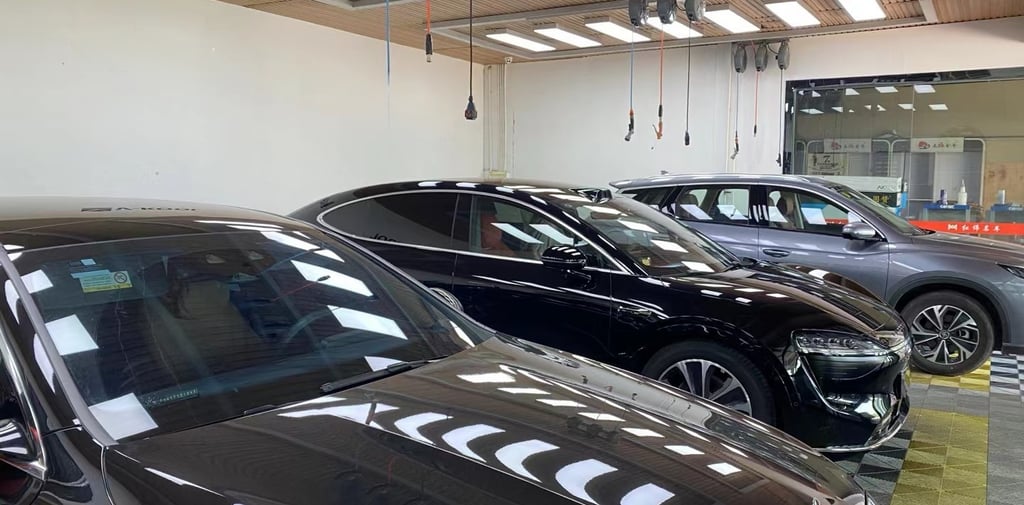The Difference Between "Hydrophilic" and "Hydrophobic" in PPF Coatings: A Wholesaler's Guide
Blog post description.
7/11/20251 min read


Introduction
As a paint protection film (PPF) wholesaler, understanding coating technologies is crucial for recommending the right products to your clients. Two terms you'll frequently encounter are "hydrophilic" and "hydrophobic" coatings - but what exactly do they mean, and how do they impact performance?
This guide breaks down the science behind these coatings, their practical applications, and how to select the best option for different market needs.
The Science Behind the Terms
Hydrophilic Coatings (Water-Loving)
Definition: Coatings that attract and spread water
Molecular behavior: Forms hydrogen bonds with water molecules
Visual indicator: Creates a uniform water sheet during application
Hydrophobic Coatings (Water-Fearing)
Definition: Coatings that repel water
Molecular behavior: Minimizes surface contact with water
Visual indicator: Causes water to bead up (contact angle >90°)
Performance Comparison
Characteristic Hydrophilic PPF Hydrophobic PPF
Application Ease Excellent Good
Water Spotting Moderate risk Minimal risk
Self-Cleaning No Yes
Gloss Enhancement Mild Significant
Durability 3-5 years 5-7 years
Ideal Climate Humid regions Dry/dusty areas
Business Implications for Wholesalers
When to Stock Hydrophilic PPF:
Your clients are installers prioritizing easy application
Serving markets with frequent wet conditions
Price-sensitive segments needing reliable baseline protection
When to Recommend Hydrophobic PPF:
Premium automotive detailing shops
Luxury car dealerships
Commercial fleet operators wanting low-maintenance solutions
Emerging Trends: Dual-Layer Coatings
The latest innovation combines both technologies:
Base layer: Hydrophilic for installation benefits
Top layer: Hydrophobic for long-term performance
